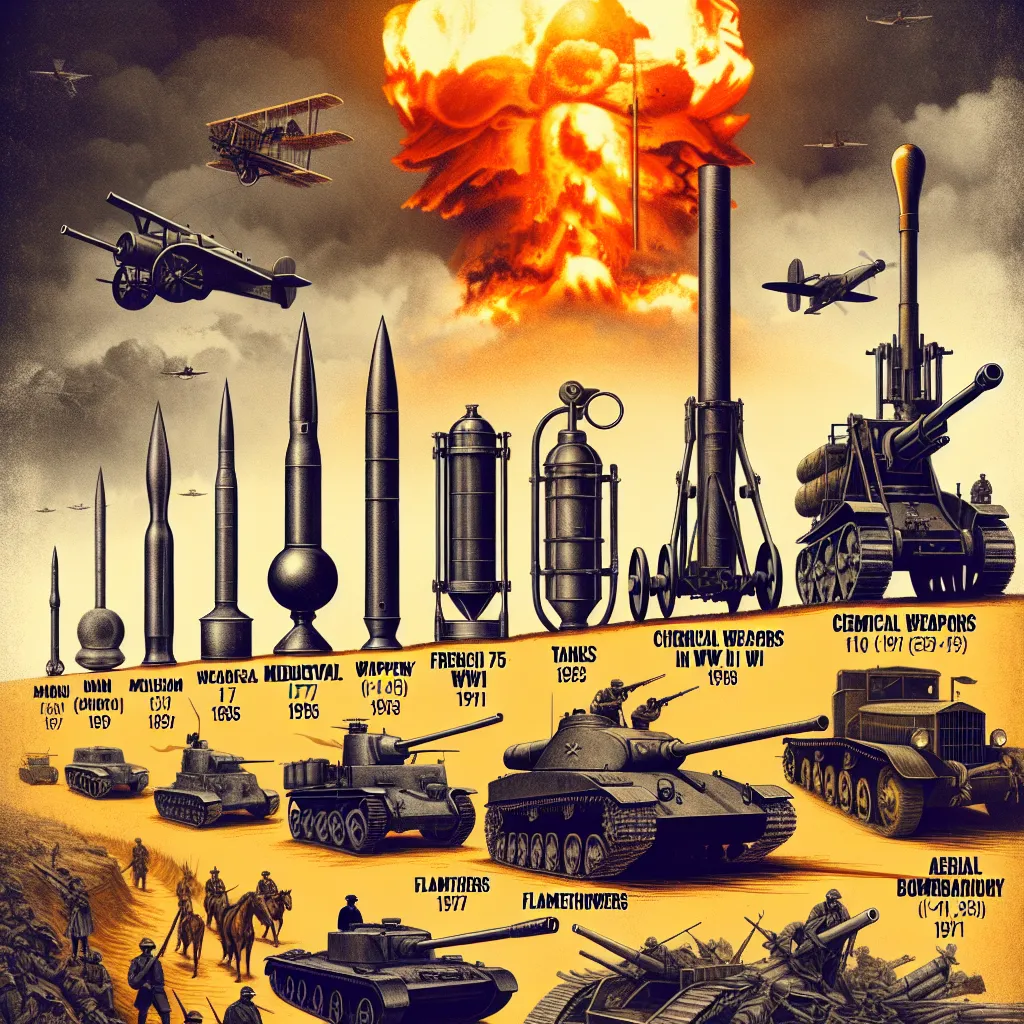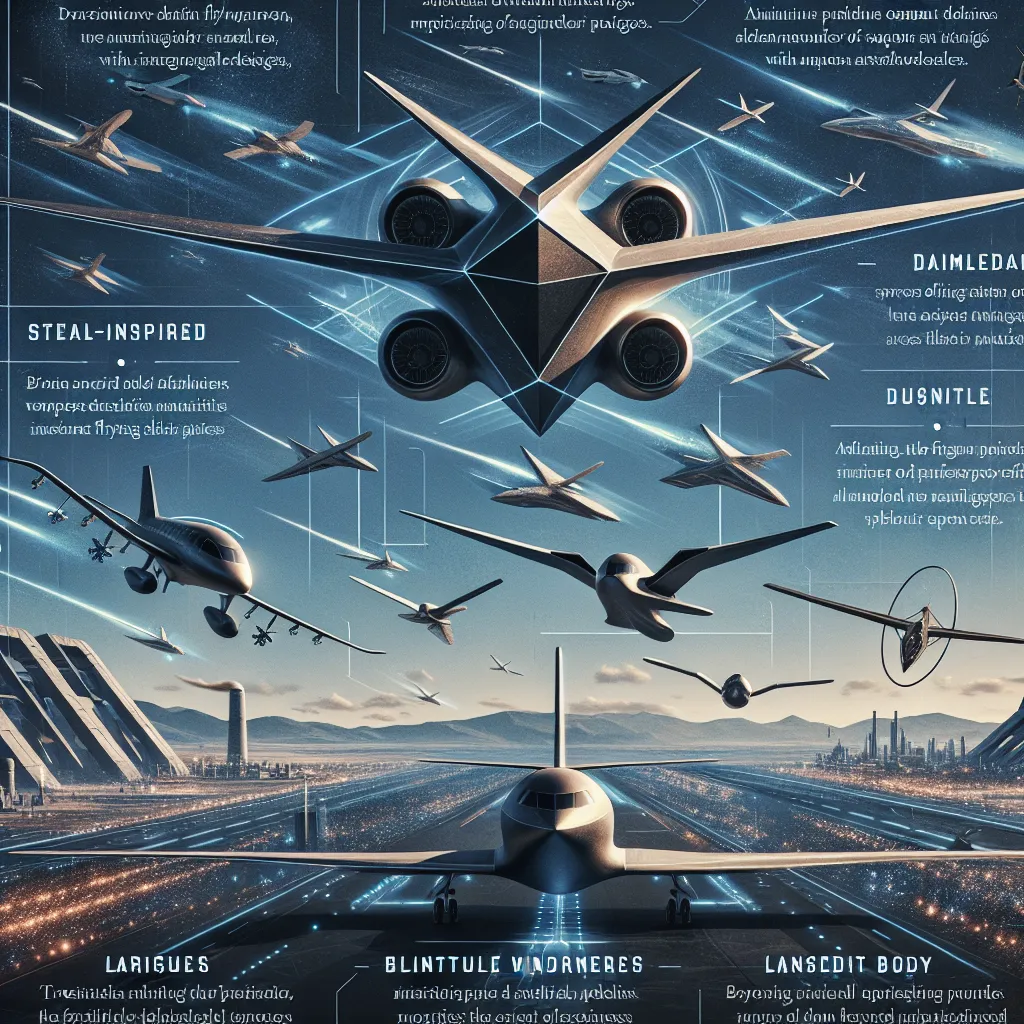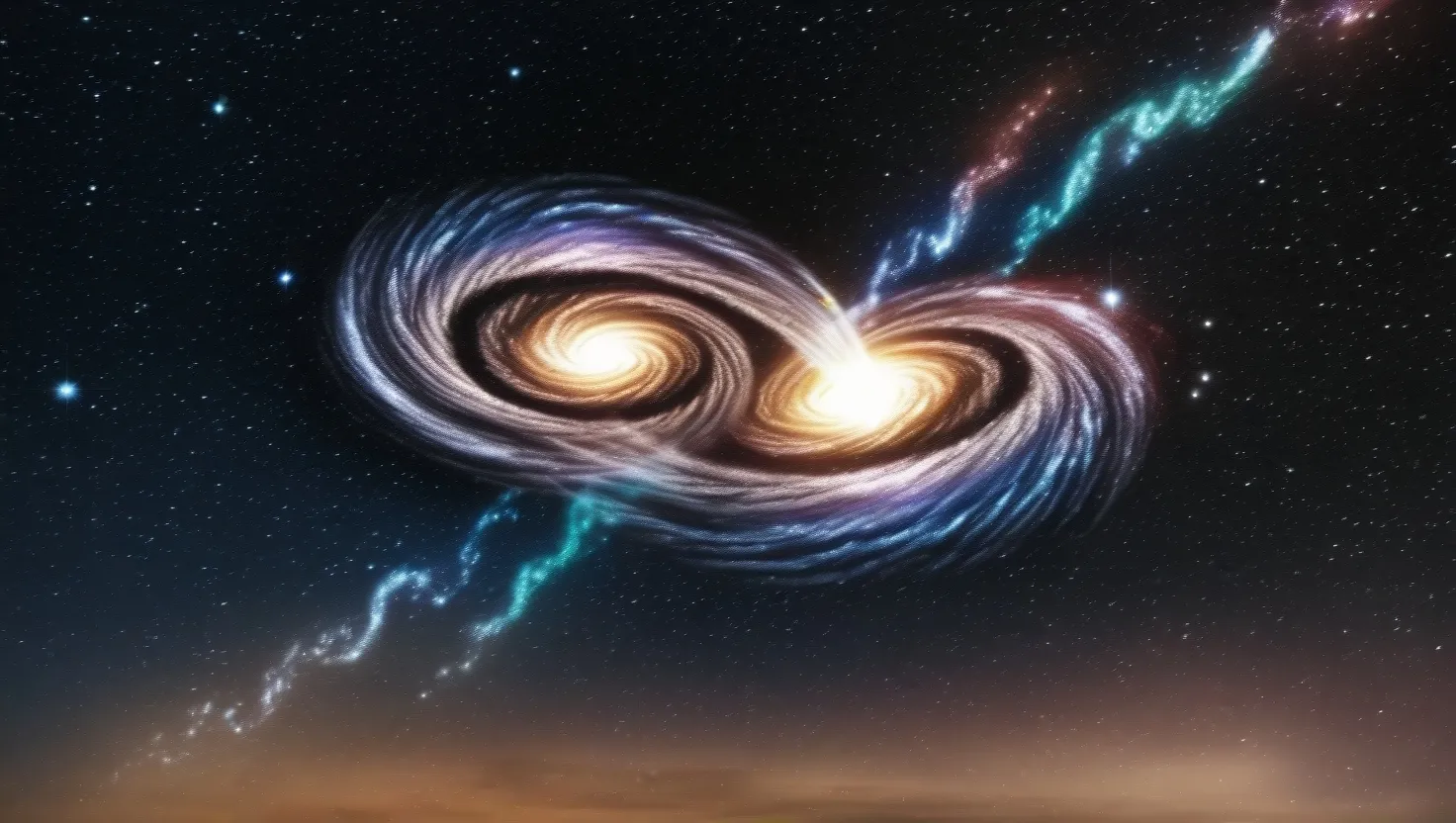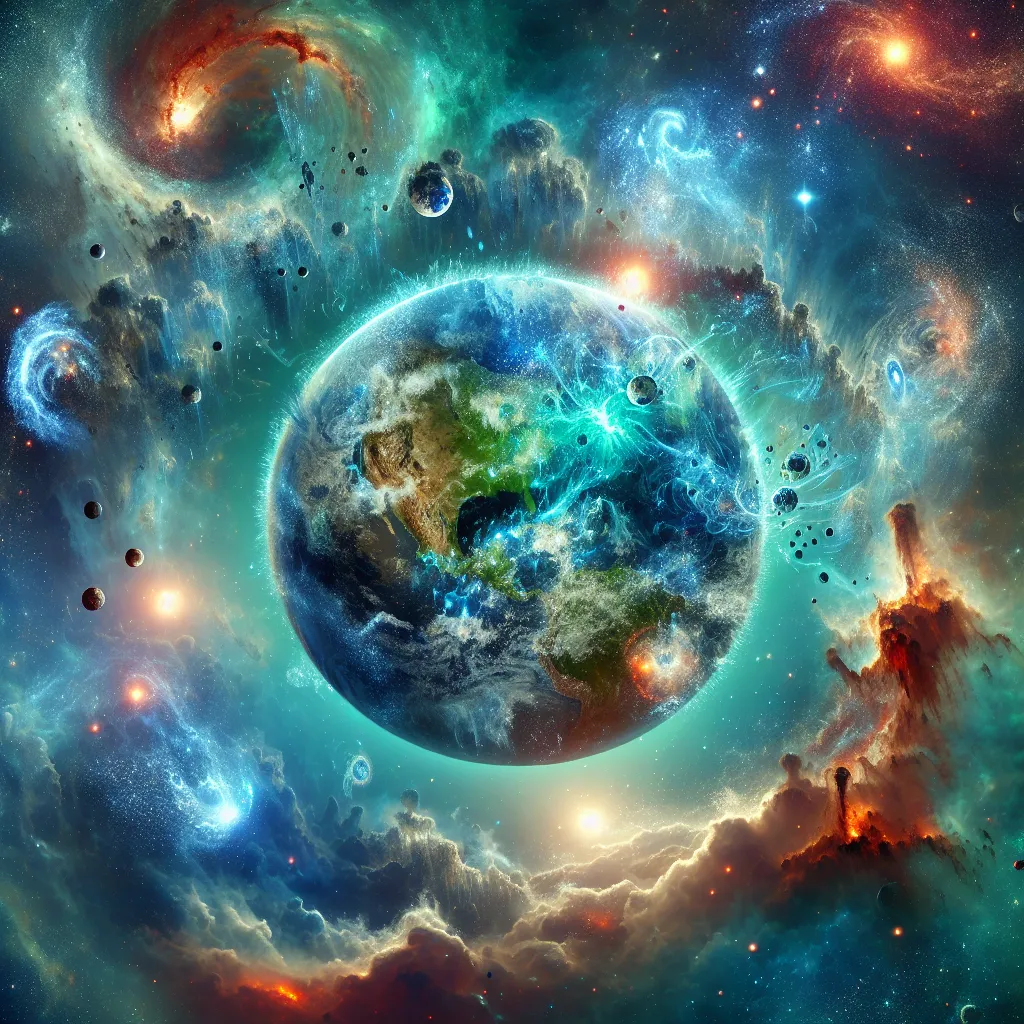Humans have a long history of using science to create increasingly powerful weapons. The Industrial Age took this to unprecedented levels, producing machines capable of mass destruction. From simple hand grenades to the catastrophic power of the atom bomb, man has continually pushed the boundaries of destruction. This is a journey through our insatiable desire to deliver the knockout blow on the path to immense devastation.
Cannons started appearing on battlefields in the late 1300s. By the Middle Ages, they had become standardized and astonishingly effective. Shakespeare even called soldiers “cannon fodder.” But neither Shakespeare nor anyone else at the time could have envisioned the devastating artillery of the 20th century. The French 75, in particular, revolutionized artillery design. This modern piece of weaponry launched rapid, accurate fire due to a clever recoil system and a groundbreaking loading mechanism. It could fire 15 rounds per minute, leading to an unparalleled scale of destruction.
World War One marked the debut of chemical weapons. On April 22, 1915, Allied troops saw a deadly cloud of chlorine gas drifting toward them, marking the world’s first large-scale use of chemical weapons. The confined trench systems of WWI made gas an effective tool of warfare. Chemical artillery shells became more accurate, and gas masks were developed as countermeasures. Mustard gas, introduced in 1917, didn’t need high concentrations to be lethal. It settled on the ground and remained active, causing blisters, vomiting, and even blindness.
Flamethrowers were another tool of destruction in WWI, later evolving into portable, tank-mounted versions in WWII. They were terrifyingly effective in close combat, making them an indispensable part of assaults on bunkers. Tanks also saw major advancements. Initially slow and cumbersome, they quickly developed into fast, heavily armored machines. This transformation led to the creation of anti-tank weapons like the Bazooka, which offered infantry a fighting chance against armored beasts.
As the Cold War began, the development of mobile artillery systems like the M109 became essential. This self-propelled Howitzer delivered powerful, accurate fire and had enhanced capabilities over its predecessors. Meanwhile, hand grenades transformed from simple, thrown devices into rifle-launched projectiles, significantly extending their range and destructive power.
The era also saw the introduction of sophisticated anti-tank weapons like the Javelin, which could target the weakest points of tanks with pinpoint accuracy. Yet, the most transformative advancements came with aerial bombardment. The B-52 Stratofortress, introduced during the Cold War, could carry a massive payload over vast distances, representing the pinnacle of strategic bombing.
Nuclear weapons, however, changed the game entirely. The atomic bombings of Hiroshima and Nagasaki in 1945 demonstrated the destructive potential of nuclear technology, ushering in a new era of warfare. The subsequent Cold War led to the development of even more powerful hydrogen bombs and intercontinental ballistic missiles, creating a precarious balance of power known as mutually assured destruction (MAD).
Though the number of nuclear weapons has decreased, the destructive power they represent is unimaginable. Today’s weapons can devastate entire cities, causing untold human suffering. The journey from early cannons to modern nuclear arsenals reflects humanity’s relentless pursuit of more potent means of warfare, a pursuit that has profoundly shaped our world for better or worse.






